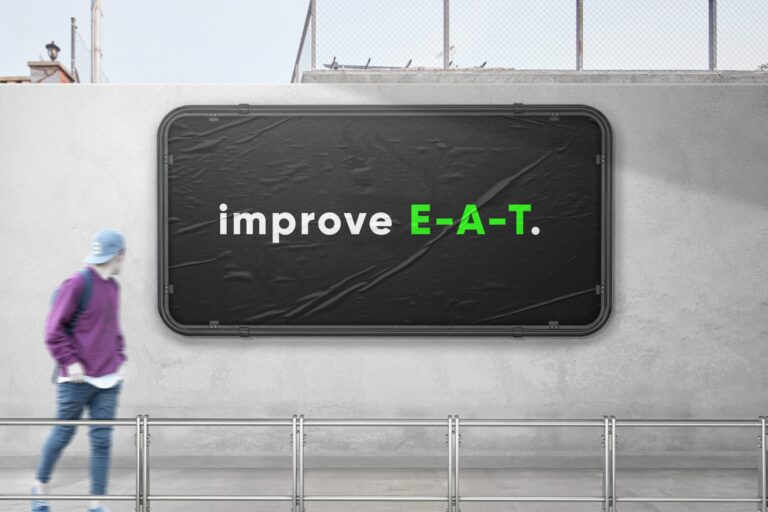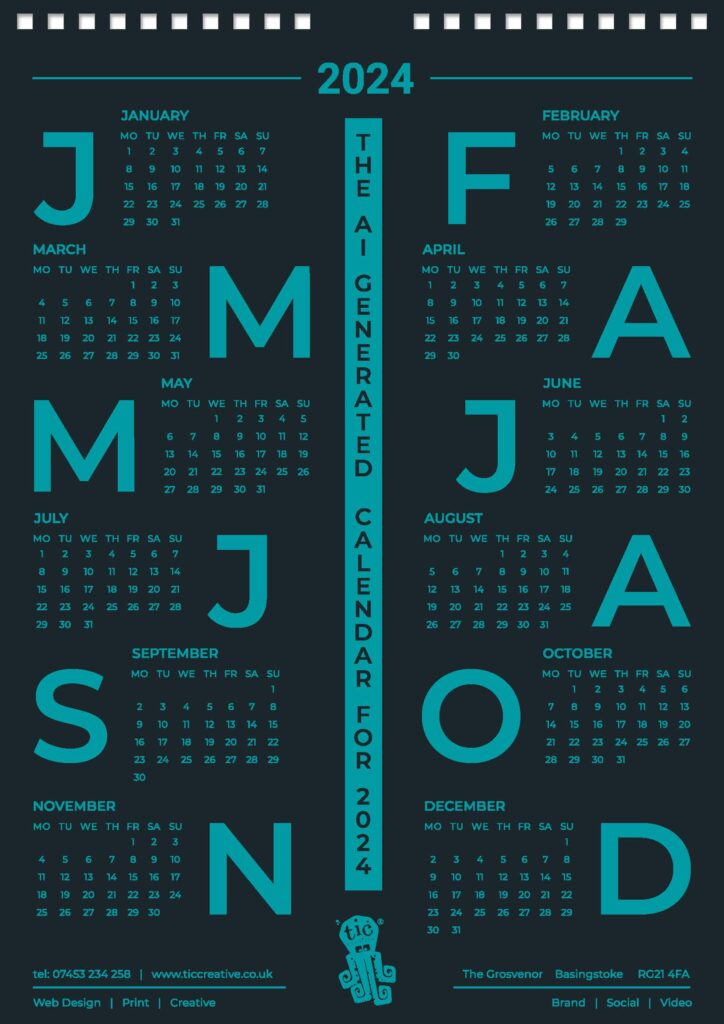
INTRODUCTION TO CALL-TO-ACTIONS IN WEB DESIGN
Call-to-Actions (CTAs) act as potent catalysts within the realm of web design, forming a persuasive bridge between passive user engagement and directed user action on a website. A well-constructed CTA serves as a navigational beacon, adroitly guiding online visitors through the intricacies of the conversion funnel and transforming them from mere observers into active participants. This transformative journey could be in the form of purchases made, subscriptions to a newsletter initiated, or valuable resources downloaded, all of which significantly benefit the business in question.
A comprehensive understanding of CTAs’ potential allows businesses to leverage this tool to increase their online traffic conversion rates. However, harnessing the power of CTAs necessitates knowledge of how to construct them effectively, how to place them strategically, and how to continually refine them to match evolving user expectations and business goals. This article aims to elucidate the role of CTAs in web design and explore the strategies to optimize their efficacy.
DECIPHERING THE INTEGRAL ROLE OF CTAS
A Call-to-Action (CTA) transcends the traditional understanding of a clickable button or an enticing line of text. It is a purposefully crafted prompt that strategically incites users to undertake a specific action that aligns seamlessly with your business objectives. Whether the intended outcome is a product purchase, newsletter sign-up, or a resource download, a thoughtful CTA is indispensable to the success of your website. CTAs operate as the operational levers in the machinery of user engagement and interaction, propelling your site towards its targeted goals.
Additionally, CTAs play a pivotal role in enhancing the user experience. When users are offered clear, compelling instructions, they are more likely to engage with the website in a meaningful way. This not only improves user satisfaction but also contributes to brand loyalty and long-term customer relationships.
DESIGNING ROBUST CTAS
The creation of an influential CTA requires a careful orchestration of compelling visuals, persuasive copywriting, and strategic placement. An ideal CTA is a harmonious blend of these elements, each contributing to its overall effectiveness.
Visually, a potent CTA needs to be sufficiently captivating to garner attention amidst the bustling digital landscape. This could be achieved through contrasting colors, bold fonts, or distinctive shapes that set it apart from the surrounding content. But remember, while standing out is important, it’s equally crucial to ensure that your CTAs align with your overall brand aesthetic to maintain a cohesive user experience.
Copy-wise, the language should be more than just descriptive. It should ignite a sense of urgency or spark curiosity, driving users to explore further or act promptly. The most effective CTAs often leverage actionable verbs and value-focused language, clarifying the benefits that users will receive from taking the desired action.
The placement of the CTA is another critical aspect. The CTA should be intuitively located where users are most likely to encounter it during their browsing journey. Placement depends on the structure and content of your web page, but typically, prime locations include above the fold on the homepage, at the end of blog posts, or in pop-up modals.
CONTINUOUS EXPERIMENTATION AND REFINEMENT OF CTAS
The digital landscape is a dynamic environment, and to ensure that your CTAs maintain their relevance and effectiveness, they need to evolve alongside it. Regular testing and optimization, therefore, become crucial elements of a successful CTA strategy.
Techniques like A/B testing can be invaluable here, allowing you to alternate between different designs, copies, and placements to discern what resonates most with your audience. By comparing user responses to various CTAs, you can gain insights into their preferences and behaviors, enabling you to tailor your CTAs accordingly.
Remember, optimization is not a one-off event but a continuous process. It is crucial to monitor the performance of your CTAs regularly, taking into account changing trends, audience behaviors, and business goals. Metrics such as click-through rates, conversion rates, and bounce rates can provide invaluable insights into the effectiveness of your CTAs and guide your optimization efforts.
CONCLUSION
In this comprehensive discussion, we have delved deeply into the indispensable role that CTAs play in web design and the optimization of conversion rates. More than merely ornamental elements, CTAs are powerful tools that can be wielded to direct user behavior in line with your business objectives.
Understanding the inherent purpose of CTAs, meticulously crafting them with attention to visuals, language, and positioning, and committing to an ongoing process of testing and optimization can empower you to harness the true potential of CTAs. Remember, an effective CTA doesn’t just capture the user’s eye – it compels action, contributing to your site’s performance, user engagement, and ultimately, the achievement of your business goals.











